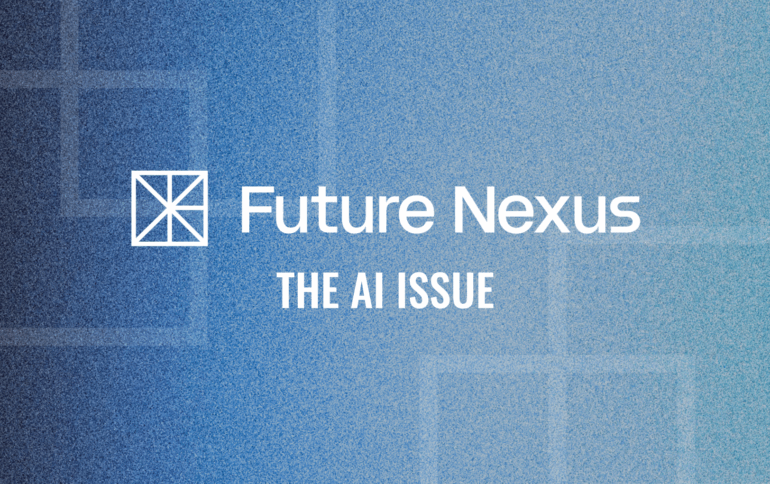When it comes to vibe coding with agents, a dose of caution is justified as last month’s Replit AI scandal illuminated after the agent wiped a company’s entire database (a great reminder to all to back up your data — and twice, for good measure).
While this was one of the biggest failures of vibe coding we’ve seen, for the most part, developers and average users alike have reported boundless merits from this new wave of coding agents: faster delivery cycles, less time spent on repetitive tasks, apps that appear seemingly from the ether.
But as the term “vibe coding” has increased in frequency, so too has the term “shadow IT.”
Shadow IT, the use of unsanctioned tools, often arises when employees seek workarounds to perceived limitations of the infrastructure offered by their org. And with the dawn of AI — and all the ambiguity around how, when, and if it should be used — it’s unsurprising that “shadow IT,” when it comes to AI use, is becoming increasingly common.
Earlier this month, The New Stack had reported on the emergence of vibe coding, especially as a new shadow IT trend, raising concerns around compliance and security risks.
And this week, according to Fortune, data from MIT has revealed that “workers at more than 90% of companies are using personal chatbot accounts for daily tasks, often without approval from IT, while only 40% of companies actually have official LLM subscriptions.” Meanwhile, the same report showed just 5% of genAI pilots are actually delivering ROI.
So why this discrepancy? With so many companies experimenting with AI technology in workflows, how is it possible that these (approved) resources still fail to meet workers’ needs?
The jury is still out, but the analysis suggested it relates to ease of use, the perception of immediate (vs long-term) value from an output, and lower barriers to experimentation.
The takeaway, nevertheless, for enterprises and startups alike: Consult your employees. Just ask where they’d find most value. Host an open, honest conversation on the blockers that slow them down, the unfulfilling aspects of their work they wished could be automated away, and where current tools are falling short.
Today we dive deeper into one vibe coding tool that evolved from a developers’ right-hand man to a tool that makes it easy for anyone to build an app — even those without the coding know-how to correct AI’s mistakes along the way.
—The Editors


